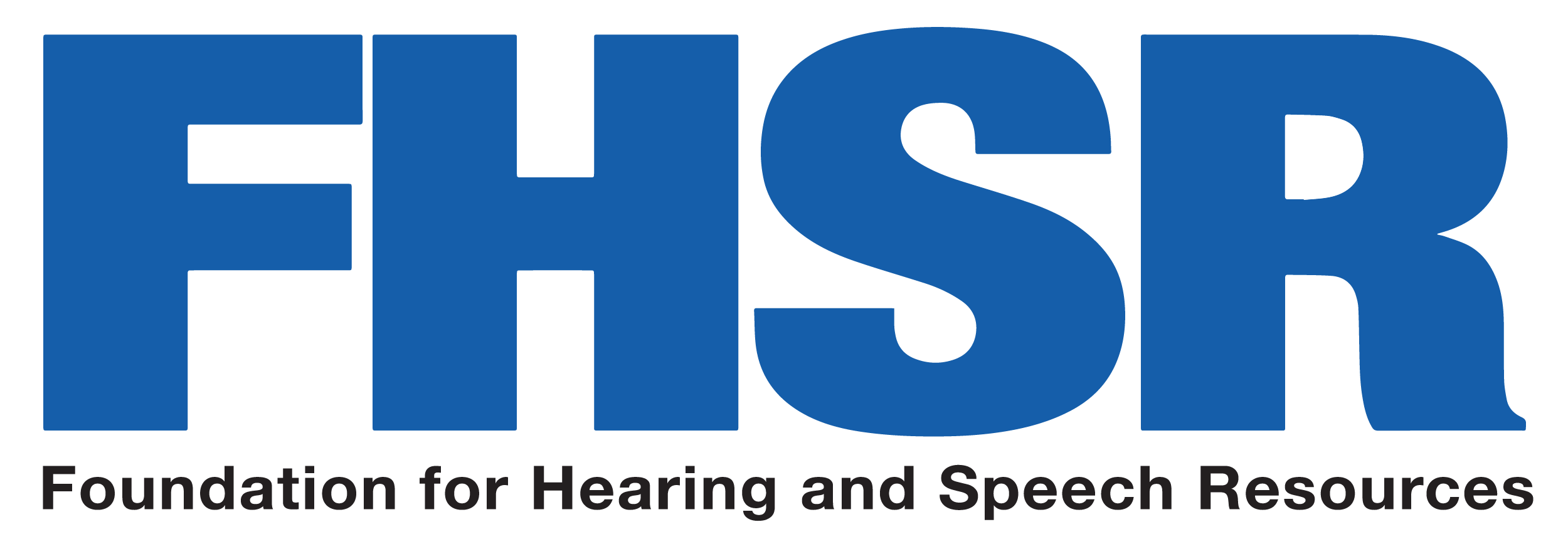It is hard to believe it has been nearly 30 years since cochlear implants were first approved* for children. For those of us who have experience from the early days, some of the first pediatric recipients of cochlear implant technology that we met are now successful adults. Many are on their 4th or 5th generation of sound processor, with access to technology that we could only have dreamed of in the 1990s. I would like to share some of what we have learned about cochlear implants in that time and outline some of the challenges we still face in the upcoming future.
Research and Change in the Cochlear Implant Landscape
Over my 20 year career in this industry, I have been amazed at the incredible power of this technology to change lives. We are starting to see much larger awareness of the technology, including advocacy of the solution coming from our earliest recipients. In the days before cochlear implants, deaf individuals who wanted to learn to speak and talk had to endure hours of therapy and targeted practice (shown in doctoral student and Rhodes Scholar, Rachel Kolb’s video, where she discusses the challenges of growing up oral and profoundly deaf). Today, it is common to see inspiring “activation” videos on YouTube that showcase the incredible access to life-changing technology, like this compilation with over 6 million views! Now, childhood recipients of cochlear implants are old enough to tell their own stories of cochlear implant success. Even Google searches for cochlear implants in children yields nearly a million results now.
The research on cochlear implants in children has evolved as well. Early studies compared profoundly deaf children using cochlear implants to children using hearing aids [1],[2],[3], and found they were able to develop spoken language skills at higher rates with cochlear implants. Research also revealed that early implantation leads to better speech and language outcomes, and there is a sensitive period for the development of oral language. [4],[5],[6] More recent studies have stressed the importance of bilateral implantation, [7] maternal sensitivity, [8] and even family environment, [9] among many other factors, as being important contributors to success with implants. Children implanted very early now demonstrate outcomes approaching that of children with normal hearing. [10],[11] The body of research is vast and fully supports early implantation of children with severe to profound hearing loss.
Technology Access Issue
Given the incredible outcomes we have seen and the research that is available to us, we have yet to ensure all children have access to this technology. In the United States, families have difficulty navigating a fractured healthcare system [12] and face financial and geographical barriers, as well as inconsistencies in referral rates. [13] A recent article by Donna Sorkin, Executive Director of the American Cochlear Implant Alliance (ACIA), and Dr Craig Buchman, Head of the Department of Otolaryngology at Washington University in St Louis, reported on the findings of an international panel exploring access to cochlear implants across the world. [14] They found that the United States lags far behind other countries, with only about 50 percent of eligible children receiving cochlear implants, compared to Australia, which implants 97 percent, or Austria, Sweden and the United Kingdom, which all implant over 90 percent. They note that “rather than delivering comprehensive, evidence-based information on language development options, the United States system is heavily influenced by the individual state agencies’ approach to deafness and even by the individual perspective of the early intervention professional who provides services to families.”
Looking Ahead to the Future
While great progress has been made, our task for the future is clear. All who work with deaf and hard of hearing children, from the audiologist who diagnoses the hearing loss and fits hearing aids, to the early intervention professional who visits the home every week and finally to the manufacturers of cochlear implants, we must do what we can to improve access to this life-changing technology. Each of us has a responsibility to look towards the future, so that in another 30 years, all children will have access to this life-changing technology.
Interested in learning more about cochlear implant technology for children? Visit IWantYouToHear.com for more information.
References
[1] Tobey, E., Geers, A., & Brenner, C. (1994). Speech production results: Speech feature acquisition. The Volta Review, 96, 109–129
[2] Miyamoto, R. T., Svirsky, M. A., & Robbins, A. M. (1997). Enhancement of expressive language in prelingually deaf children with cochlear implants. Acta Oto-Laryngologica, 117(2), 154–157
[3] Tomblin JB, Spencer L, Flock S, Tyler R, Gantz B. (1999) A comparison of language achievement in children with cochlear implants and children using hearing aids. JSLHR, 42:497-511.
[4] Sharma A, Dorman MF, Spahr AJ (2002) A sensitive period for the development of central auditory system in children with cochlear implants: Implications for age of implantation. Ear & Hearing, 23(6):532-539
[5] Nicholas JG, Geers AE (2007) Will they catch up? The role of age at cochlear implantation in the spoken language development of children with severe-profound hearing loss, JSLHR, 50(4):1048-62.
[6] Zwolan TA, Ashbaugh CM, Alarfaj A, Kileny PK, Arts HA, El-Kashlan HK, Telian SA. (2004) Pediatric cochlear implant patient performance as a function of age at implantation. Otolo Neurotol, 25(2):112-20.
[7] Gordon KA, Wong DD, Papsin BC (2013) Bilateral input protects the cortex from unilaterally-driven reorganization in children who are deaf. Brain, 136(5):1609-25.
[8] Quittner AL, Cruz I, Barker DH, Tobey E, Eisenberg LS, Niparko JK, CDaCI Investigative Team (2013) Effects of maternal sensitivity and cognitive and linguistic stimulation on cochlear implant users’ language development over four years. J Pediatr, 162(2):343-8
[9] Holt RF, Beer J, Kronenberger WG, Pisoni DB, Lalonde K. (2012) Contribution of family environment to pediatric cochlear implant users’ speech and language outcomes: Some preliminary findings. JSLHR, 55(3):848-864.
[10] Schorr EA, Roth FP, Fox NA (2017) A comparison of the speech and language skills of children with cochlear implants and children with normal hearing. Comm Dis, 29(4)
[11] Ching TY, Dillon H. (2013) Major findings of the LOCHI study on children at 3 years of age and implications for audiological management. Int J Audiol, 52(Suppl 2):S65-8
[12] Yang CQ, Reilly BK, Preciado DA. (2018) Barriers to pediatric cochlear implantation: A parental survey. IJPO, 104:224-227.
[13] Alberg J, Crowson M, Tucci D (2016) Access to and uptake of cochlear implantation among children of North Carolina. North Carolina Medical Journal, 77(4): 247-252
[14] Sorkin D, Buchman CA. (2015) Cochlear implant access in six developed countries. Otol & Neurotol, 37:161-164.
*cochlear implants are approved for kids 12 months and over.



